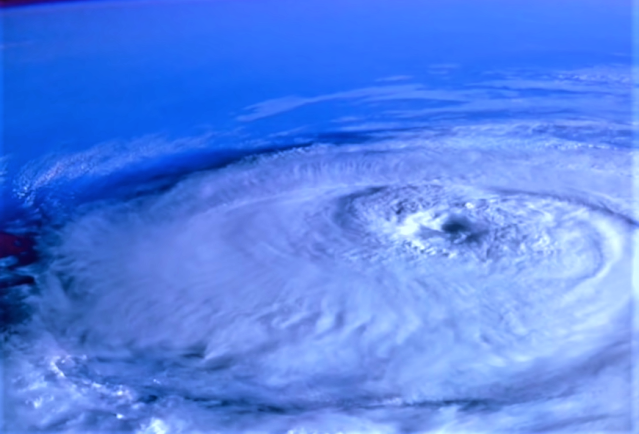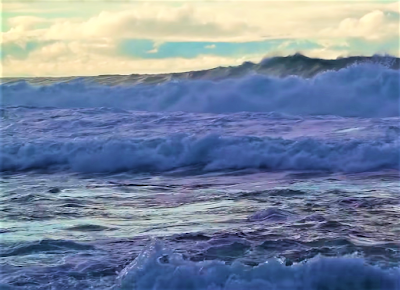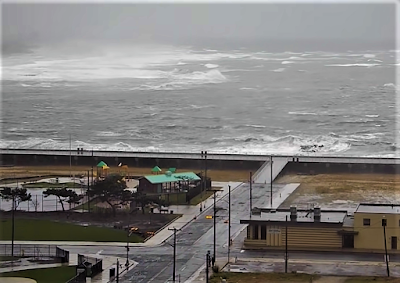One of nature’s most destructive geological processes is a cyclone.
A hurricane that moves with the wind, rain, and lightning at high speeds is called a cyclone. There are about 80 cyclones in the world each year and an average of 20,000 people die each year in cyclones. Cyclones are usually formed around the equator. In areas of the ocean where the temperature is above 26 degrees Celsius to a depth of about one and a half feet, cyclones can form.
In summer, extreme heat causes the air to heat up and the air pressure to drop drastically. Low pressure is when the cold air from the polar region comes to the low-pressure area to fill the vacuum. This wind creates terrible black clouds. Earth’s rotation does not cause the polar air to flow to the left in the Southern Hemisphere and to the right in the Northern Hemisphere
Clockwise and clockwise beep in the northern hemisphere The number of cyclones that form every year is very small, hitting the coast. Most of the cyclones are generated. They run at a speed of 62 kilometers per hour. It is considered normal monsoon. All storms reach speeds of 62 to 88 kilometers per hour. Also, if the speed of a cyclone is between 88 to 117 kmph, it is called a severe cyclone. A hurricane with a speed of 100 to 200 kmph is identified as a strong cyclone with a speed of 19 kmph and a cyclone with a speed of 220 kmph or more is called a super cyclone.
Hurricanes can reach altitudes of 10 to 15 km and can extend up to 1000 km. The most severe tidal wave after a cyclone hits can cause sea levels to rise up to 20 feet, submerging up to 100 km of the coastal area. About 90% of deaths are due to cyclones caused by tidal surges Although severe damage to coastal areas, it is a critical part of the Earth’s climate. Cyclones maintain the temperature balance of our planet. The world’s most cyclone-prone areas are divided into zones.
Cyclones occur at different times in different regions. Cyclones formed in different regions are called the Indian Ocean. Cyclones in the South Pacific are called cyclones in the North Atlantic Ocean and cyclones in the northeast Pacific Ocean are called cyclones, and cyclones in the Northwest Pacific are called cyclones. It is called a cyclone. The regional committees of the World Meteorological Organization have already fixed these names.
It is very important to name cyclones to warn the people of the coast of cyclones and to warn the ships at sea, and it is easy to name them if multiple cyclones occur at the same time.
The main reason for this is that global warming, global warming, global warming, sea-level rise, and more catastrophic disasters in the future, are catastrophic. Another catastrophic geological process, such as a hurricane, is currently in full swing. About 50 to 70 volcanoes erupt worldwide each year




Goood